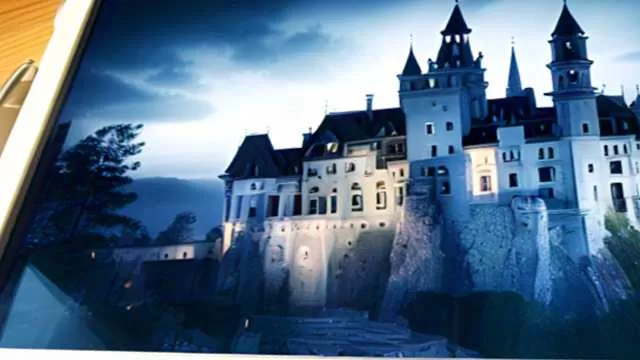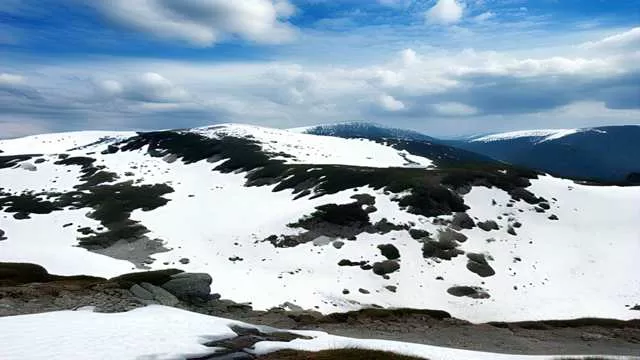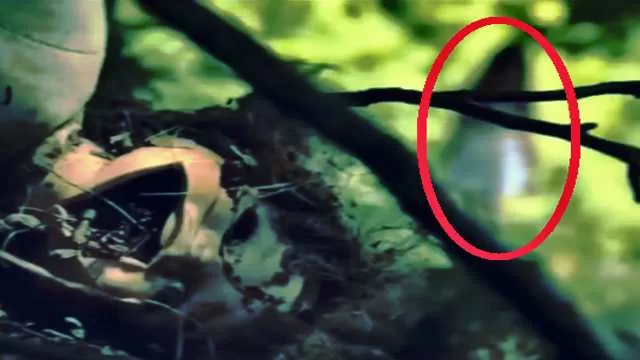Romania is a land filled with mystery and intrigue. From the legendary Dracula to ancient footprints, there’s much to explore. Let’s dive into some of the most fascinating mysteries this country has to offer.
The Enigma of Dracula’s Castle

Every year, over 500,000 visitors flock to Bran Castle in Transylvania. This stunning fortress sits atop a cliff in Brașov County. However, many tourists may be misled about its connection to Vlad the Impaler, the real-life figure behind the Dracula legend.
Historians argue that Vlad never actually lived in Bran Castle. Instead, his true residence was Poenari Castle, a remote and less picturesque fortress built by slaves. Vlad also constructed another palace to defend against the Ottomans later in his life. While Bran Castle is a popular tourist spot, it’s likely that Vlad only visited it a few times.
Despite the confusion, Bran Castle is still a captivating place. Visitors can admire its artwork and armor. But did Vlad dine at a table soaked in blood? What gruesome acts did he commit at Poenari? These questions add to the castle’s eerie allure.
The Search for Dracula’s Tomb
Count Dracula, a character inspired by Vlad the Impaler, continues to fascinate many. Vlad was born in 1431 in Sighișoara, Romania. While he didn’t drink blood like the fictional vampire, he was known for dipping bread into the blood of his victims. He would eat while watching their executions.
The location of Vlad’s grave remains a mystery. Some believe he was buried at Snagov Monastery, an island near Bucharest. However, when explorers searched in the 1930s, they found no trace of him. Others claim he was buried in Naples, Italy, but this theory has been debunked.
Historians suggest that Vlad was beheaded by an Ottoman assassin. Ironically, his head was then displayed on a stake and preserved in honey. With such a gruesome end, it’s no wonder his final resting place is unknown.

Ancient Footprints: A Glimpse into the Past
How long have humans lived in Romania? Archaeological findings in the Carpathian Mountains reveal 36,000-year-old footprints. These prints suggest a family of six or seven, including at least one child, once inhabited the caves. This discovery raises questions about the early inhabitants of Europe.
Radiocarbon dating of bear fossils found near the footprints confirms their age. The survival of these prints over millennia is remarkable. The findings have even been published in a peer-reviewed journal. Who were these ancient people, and what happened to them? Did they face dangers from bears or other threats?
The Buzau Mountains: A Language of Mystery
The Buzau Mountains are not only beautiful but also shrouded in mystery. If you venture into these mountains, you might stumble upon strange cave complexes. These caves feature inscriptions in a language that remains undeciphered.
The walls contain messages that many are eager to understand. Some believe these carvings are linked to the Luana Kingdom, a little-known civilization. Legends say this kingdom had access to magical healing waters. Could the inscriptions be their language?
The tales of the Luana Kingdom end with a dramatic twist: the kingdom perished due to the sun exploding. What could this mean? Others speculate that the carvings are from Christian missionaries who arrived in Romania around 300 AD. The true origin of these inscriptions remains a mystery.
Conclusion
Romania is a treasure trove of mysteries, from Dracula’s castle to ancient footprints and undeciphered languages. Each site tells a story, inviting visitors to explore the rich history and legends of this captivating country. Whether you’re a history buff or a curious traveler, Romania offers endless opportunities for discovery.
So, pack your bags and get ready to uncover the secrets of Romania!

